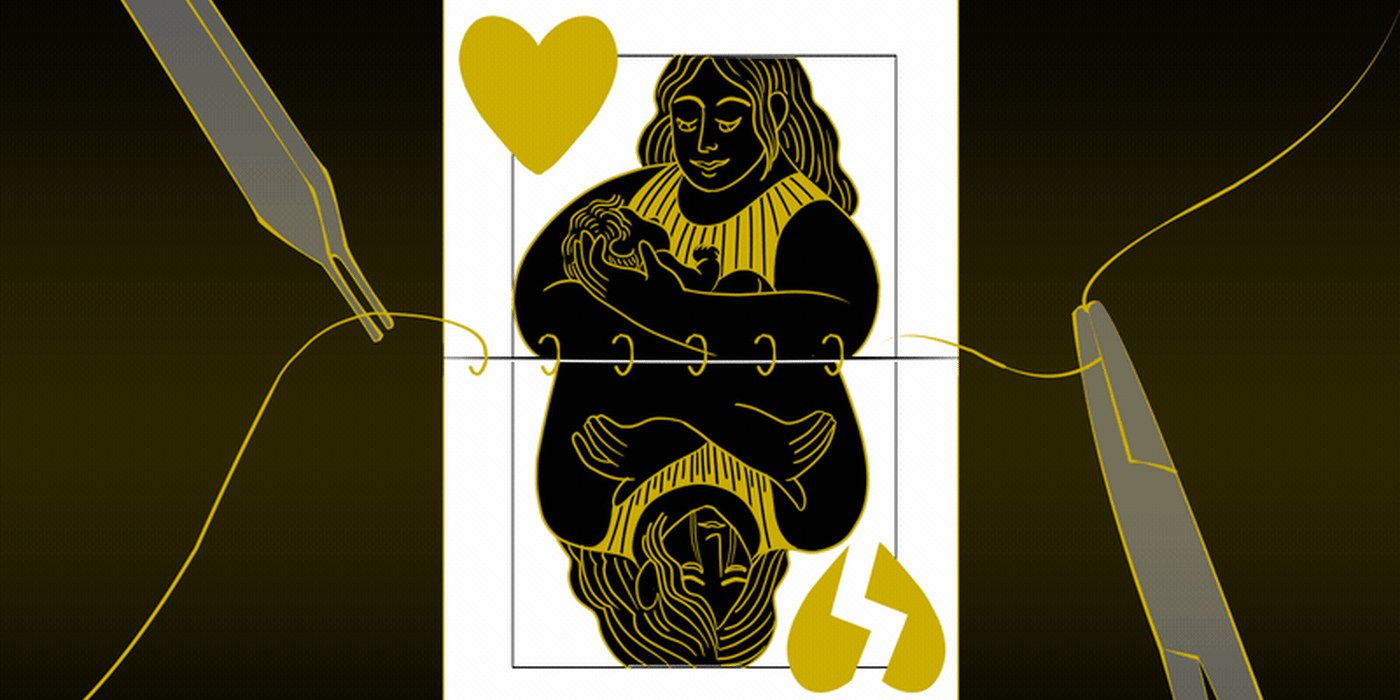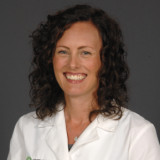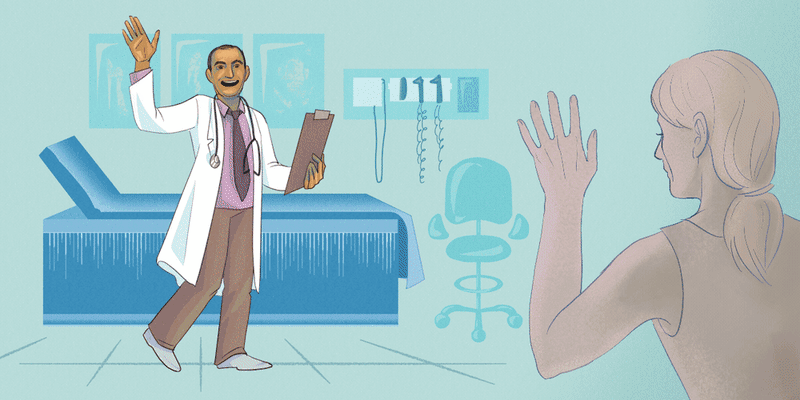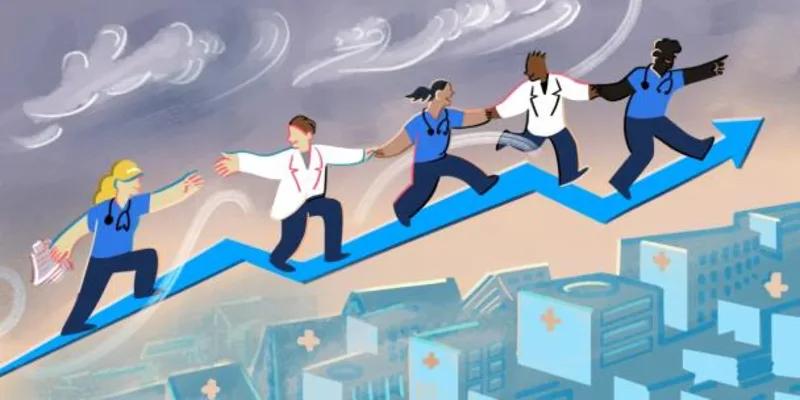
I had been in similar situations, countless times before, and I knew how it was supposed to go. This is what we train for. STAT C-section. The swiftness in the OR, the elegance, is impressive when you step back and reflect on how the team rises to the call. We all know our job. We move fast but with purpose.
It was 2 a.m. Heart tones were down. Nurses were already in her room starting interventions. Me, I was running from the other wing of the floor. All resuscitative measures were done. 3…4…5 minutes, time was now. I held the mom’s hand, looked directly in her eyes, and counseled her on the need for emergent delivery. Her face was worried, hair matted against flushed cheeks. Dad was standing terrified at the head of the bed, ashen. I told them I would take care of her as if she were my sister. This was what we trained for. The blue hat to cover her beautiful dark curly hair was already on her head and we rushed to the OR. NICU was called.
These relentless hours of residency. These weary, middle of the night emergencies. It’s like training for the ultimate marathon. As surgeons, you are training your muscles, your brain, but as I have come to recognize, our hearts as well.
In the OR, we moved as we knew how. Anesthesia did their job. Drape went up. And we started. Baby was delivered in one minute. This was when you were supposed to take a breath. You were supposed to hear the cry. Your hands may tremble for a second or two, from the adrenaline, but you were supposed to be able to lean over, tell Mom all was well, and listen to those sweet cries. Job well done.
That is what was supposed to happen.
But not that night. Not that night at 2:11 a.m. The OR was quiet. Baby was limp, grey. I looked over to NICU and could tell by the nurse’s tap counting the baby’s heartbeat that things were not as planned. Her finger moved up and down far too slowly. Mom and Dad were silent too. I knew they were praying. The room was heavy.
Though a mother myself, I cannot begin to understand her pain in those moments. I cannot imagine the grief she experienced leaving the hospital without her sweet angel in her arms. In those days that followed, I tried to be the best doctor I could. I held her hand. Listened. Gave her space and stillness to just be, knowing though that I could not fix her hurt.
We enter medicine with hopes, dreams that we will save lives, cure disease, and make people better. We didn’t go into medicine thinking of those dark nights, the moments of deepest despair and loss, those nights when you were the one who had the grave responsibility to admit you didn’t win. You couldn’t change the course of the disease. You failed at saving the life. Being there in those moments was not what we planned for.
I was and will forever be haunted by this night. Months later, I still doubted myself. By instinct, with my training, I knew what to do. But in the days that followed, I still found myself hesitating. Questioning. The weight of guilt laying heavy on my chest. In obstetrics, the speed at which normal and beautiful turns to bad is astonishing.
How do we move forward from these difficult losses? In the days that followed the loss of my first patient, I hugged my own baby and I was reminded of my immense gratitude for the profession I chose. I realized that my vow to do no harm also means not forgetting, that I need to allow this loss to give me strength and knowledge to help my other patients. And that my own heart needs to stay open and vulnerable.
I will forever carry the memory of that sweet angel at 2 a.m. who never took her own breath. Her breath will not be forgotten, not for as long as my own hands have the privilege of healing others.
Shaina Long, DO is a fourth year ob/gyn resident who has a passion for really connecting to patients. She took an unconventional route to becoming a physician, working in coastal Alaska as a medical assistant with a small family practice clinic, then moved to Montana and practiced for nearly nine years as a PA prior to attending medical school. These experiences affirmed her desire to advocate and care for women.







